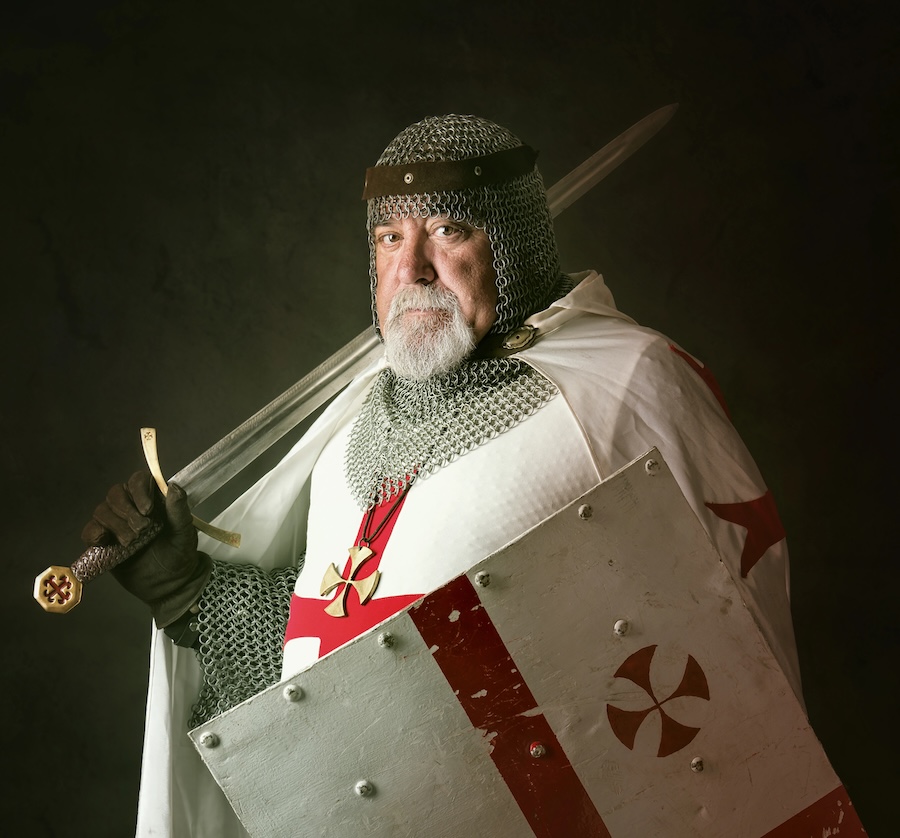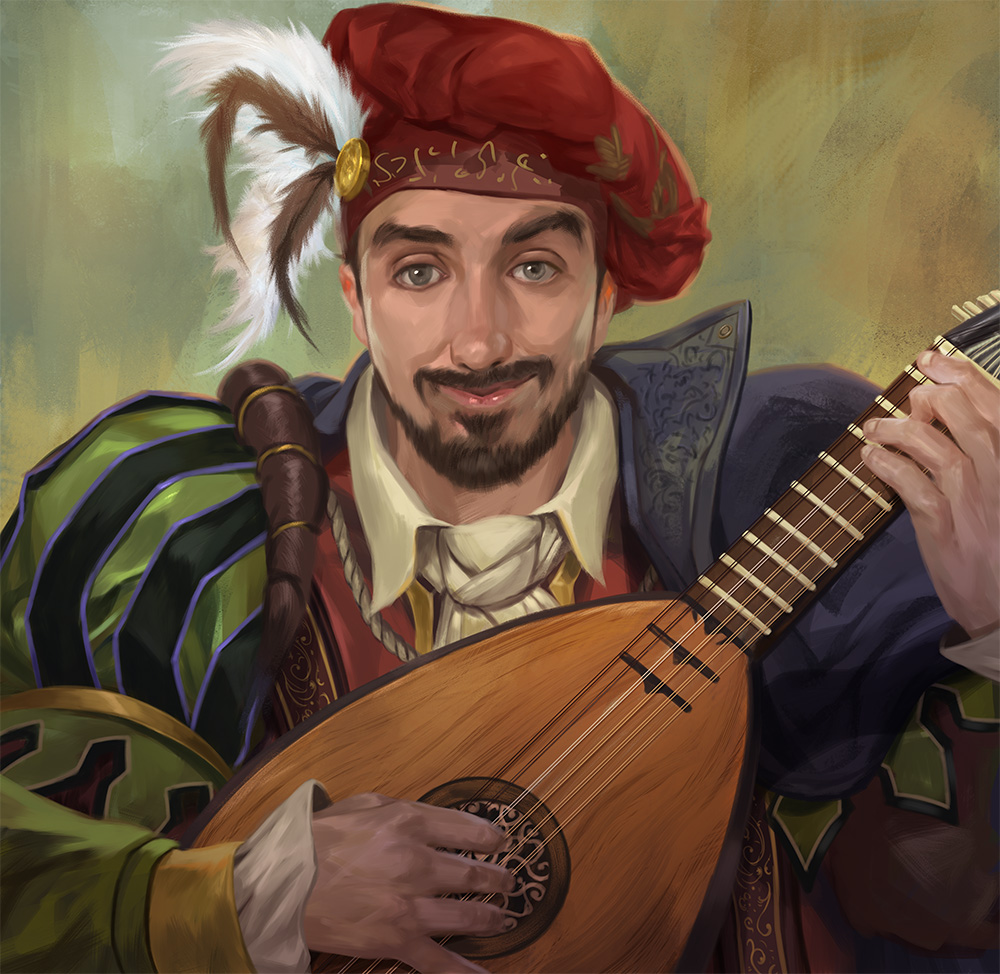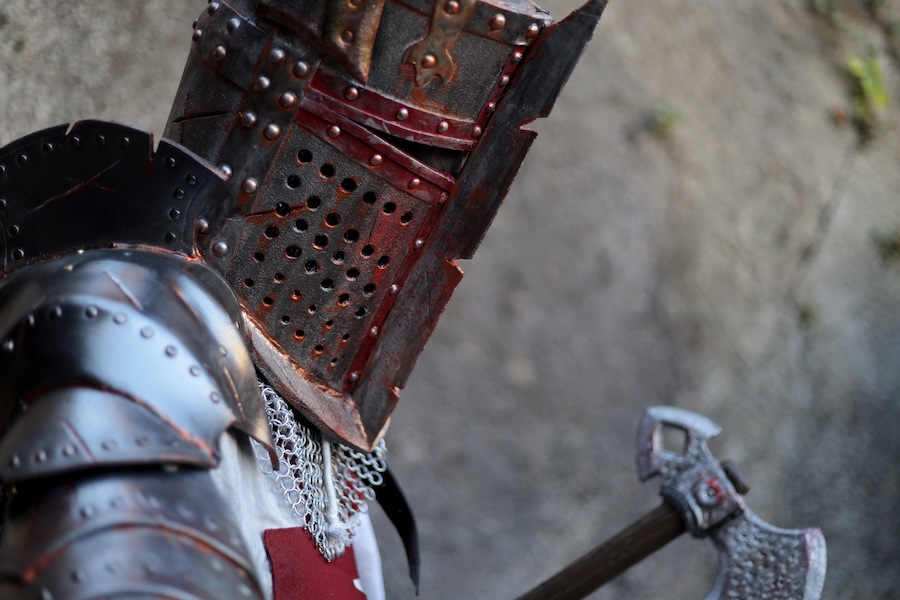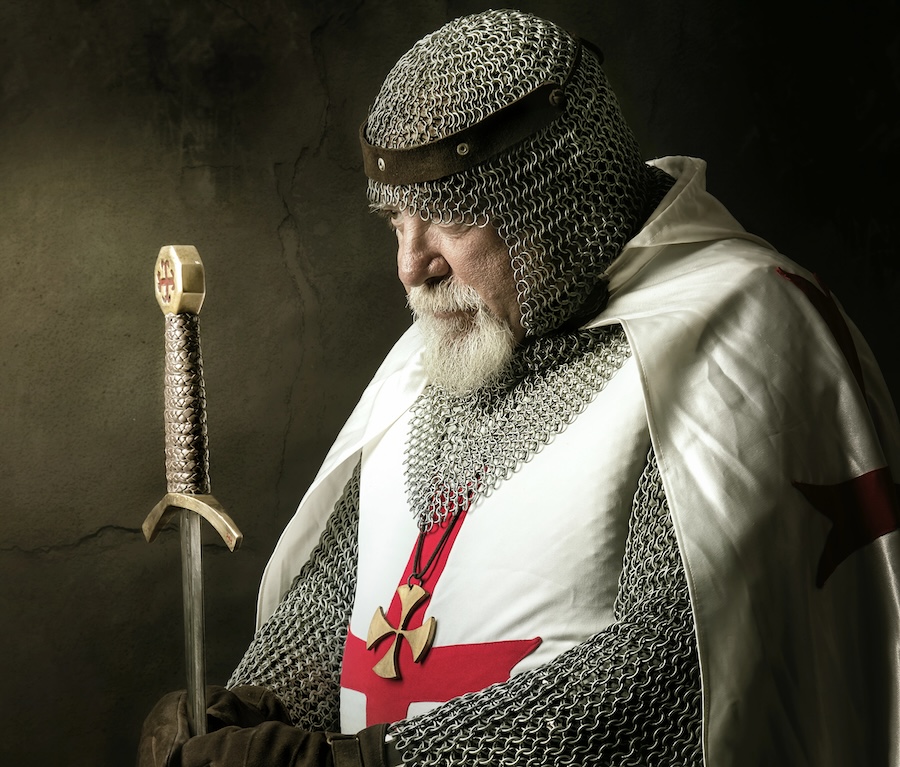Why Did the Knights Templar Grow Beards?

 Joe Nightingale, MBBS, MSc
Joe Nightingale, MBBS, MSc

Even after more than 700 years since they disappeared, the Knights Templar – the ultimate medieval crusader – still continues to fascinate us. Some say they live on within the Freemasonry movement or that they once possessed the Holy Grail. Indeed, such tales have inspired legions of writers and theorists, including, of course, Dan Brown, author of The Da Vinci Code.
Perhaps one of the more unusual facts about the Knights Templar is their strict code of conduct. Templars were expected to follow the Templar Code, known today as the Latin Rule. Though not prescribed, an unofficial rule made it customary for members of the order to grow long, prominent beards.
Why did this occur? What was the Templar Order? And does the legacy of the Knights Templar beards live on?
In this article, you'll find:
- Who Were the Knights Templar?
- Why Templar Knights Grew Beards
- The Legacy of the Knights Templar
Who Were the Knights Templar?

The Knights Templar, or the Poor Fellow-Soldiers of Christ and the Temple of Solomon, was a military order dedicated to the Catholic faith. Founded in 1119, after the First Crusade succeeded in capturing Jerusalem, the order became officially endorsed by the Roman Catholic Church.
The problem was that pilgrims journeying to the Holy Land found themselves attacked and pillaged by bandits and marauding highwaymen on the journey from Jaffa to the interior. French knight Hugues de Payens, alarmed by the situation, asked King Baldwin II of Jerusalem if he could create an order to safeguard pilgrims.
What began as an impoverished order of around nine knights was transformed into one of the wealthiest and most popular military orders in Western Christianity. Headquartered on the Temple Mount in Jerusalem, they protected the pilgrim routes for nearly two centuries.
Templars were marked by their distinctive white mantles with a red cross emblazoned on the front. However, the idea that most order members were knights is false. In fact, up to 90% of members were non-combatants involved with the economic infrastructure of Christendom, even pioneering early forms of banking. You could even say they were one of the earliest multinational corporations.
Of course, inordinately wealthy organizations run by secretive knights aren't a recipe for long-term success. As Christianity's grip on the Holy Land waned, the population began to turn on the order. King Philip IV of France was deeply indebted to the order; he used the mistrust to pressure Pope Clement V to have the order's members arrested, tortured, and burned at the stake. Just 5 years later, the order was disbanded entirely.
However, the sudden end to one of Europe's most successful military and financial operations isn't so clear cut. Several factions within the order simply changed their name, becoming the Order of Christ and the Supreme Order of Christ.
Why Templar Knights Grew Beards

After their white mantles, red crosses, and stern iron helmets, it's the beards that truly mark out a knight's templar. In fact, beards were so prevalent among the members that, in 1240, Alberic of Trois-Fontaines christened the group the "order of bearded brethren."
During the Middle Ages, the beard was a symbol of virility, masculinity, and honor. Knights and kings treasured their facial hair, striking an imposing figure – one part mighty defender and the other part pious Christian.
Indeed, the knight had a formidable reputation. According to the Templar Code, the red cross symbolized martyrdom. As such, templars were expected never to surrender so long as the Templar flag still flew. If they did have to retreat, templars should band together with other orders, like the Hospitallers, and continue to fight on. In many ways, the vision of a courageous knight helping the weak and representing chivalry is really just an image of a templar.
However, after their dissolution, the templar beard was a dangerous look. When the papal commissioners interrogated the knights in Paris (1310-1311), of 230 knights and brothers, 76 had beards. It's said that 133 shaved off their beard, either to renounce the order or to escape detection (such was the association between beard and templar).
The Legacy of the Knights Templar

Throughout Europe, the Knights Templar's legacy is everywhere, partly because they funded many building projects in Europe and the Holy Land. Take London, for example. Here, you'll find Temple Bar Gateway, Temple Underground Station, and Temple Church. Two of the four Inns of Court – the professional associations of barristers in England and Wales – are called Inner Temple and Middle Temple.
The references are everywhere!
During the temperance movement, many organizations named themselves the Poor Fellow-Soldiers of Christ and of the Temple of Solomon, believing that the original order "drank sour milk" and thought that alcohol was a "terrible vice." Then there are the Freemasons, of which several masonic bodies reference the knights' templar. However, despite the imagination of Dan Brown, no such link has solid historical proof.
Some argue that a few knights sought refuge in Scotland under Robert the Bruce, laying the foundations for freemasonry. The Bruce also sported a beard (you've just got to connect the dots).
The only part of the Templars that did not see a resurgence is the beard. Maybe it's time that changed!
Bring Back the Templar Beard with Beard Sorcery

Okay, so maybe a pious group of medieval Christian knights wouldn't approve of a brand called Beard Sorcery. But we're not really practicing magic, only a little beardcraft. Regardless, we think it's time we honored the templar beard and the brave (albeit mysterious) knights who attained legendary status for so many centuries.
Our beard products are 100% natural and handmade in Colorado from cruelty-free ingredients. In fact, we're so sure you'll like them that we provide a 90-day money-back guarantee. Templar's promise!
While we don't have a specific templar scent, several of our scented beard product collections fit the criteria. Maybe you fancy a hint of sandalwood and black currant in the Cleric's Charm. Or how about a dash of oak and earth in Paladin's Might.
Try our enchanting blends and channel the strength and mystery of the Templars with every application. Elevate your grooming ritual and embrace the legendary with Beard Sorcery – where ancient valor meets modern beardcraft. Forge your legacy; order now!

No comments yet…